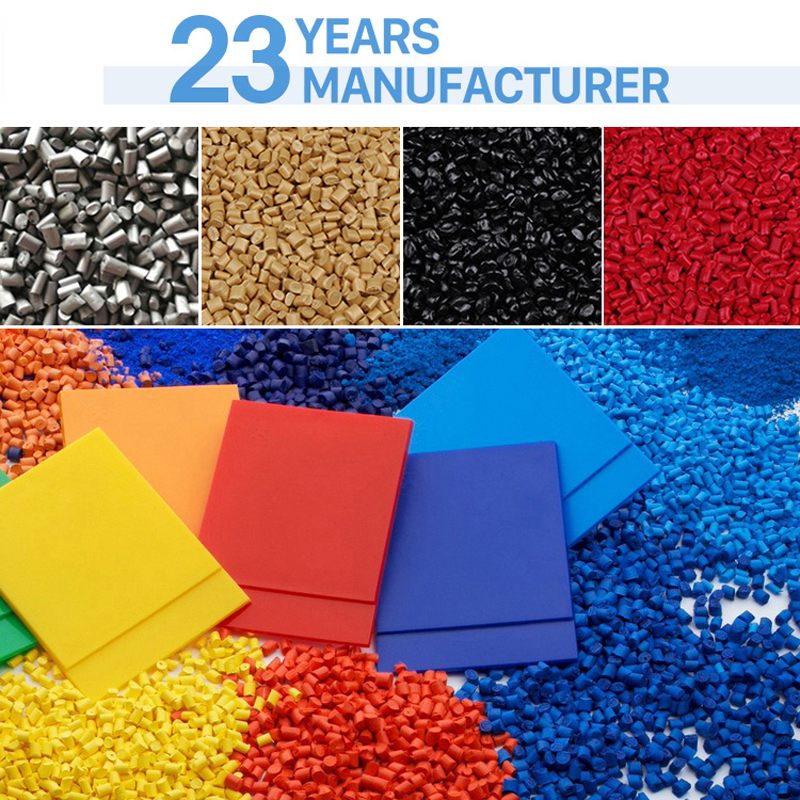
- +8615880211820
- [email protected]
- No.67, Tongan Industry Park, Xiamen
Ultraviolet (UV) radiation, found in the portion of the electromagnetic spectrum between x-rays and visible light (40 to 400 nm), is abundant in nature. The sun serves as the primary natural source of UV radiation, and artificial sources such as tanning booths, curing lamps, and more are prevalent. While these rays are essential for many processes, they can be detrimental to polymer properties. When plastics are exposed to direct or indirect sunlight, they can exhibit issues like surface chalking, oxidation, loss of physical properties, and increased brittleness. Additionally, plastic colorants can fade quickly when exposed to UV light. In this article, we explore a groundbreaking solution in the form of high-performance UV masterbatch recycled plastic granules designed to provide top-tier UV protection for plastics.
These masterbatches are highly effective, offering concentrations of 10% and 20%. This flexibility allows manufacturers to tailor the UV protection level according to their specific needs.
Unlike conventional methods, these UV stabilizer masterbatches do not absorb harmful UV radiations but effectively shield plastic materials from their detrimental effects.
These advanced masterbatches are engineered to resist sulfur exposure, making them ideal for applications in the agricultural sector, including agri films and PP/HDPE ropes.
High-performance HALS TYPE UV stabilizer, such as HILITE-77, serves as the cornerstone of these masterbatches. This unique ingredient guarantees superior UV resistance.
These masterbatches are recommended at a dosage ranging from 1% to 5%, with a PE-based carrier resin. This combination ensures perfect UV resistance even in the presence of potent insecticides and pesticides.
By shielding plastic materials from UV radiation, these masterbatches contribute to an extended service life for plastic products, ultimately reducing costs associated with replacement and maintenance.
These masterbatches provide long-term protection to polymers, preserving their structural integrity and appearance, which is especially crucial for outdoor applications.
The masterbatches are formulated to meet food safety standards, making them suitable for a wide range of applications, including those in the food industry.
Our UV masterbatch range incorporates innovative additives that enhance the performance and durability of plastic materials, ensuring they meet the demanding requirements of various applications.
We offer ongoing support on the production line to ensure that our customers achieve the optimal outcome when incorporating these masterbatches into their processes.
We understand that UV protection needs vary greatly, depending on factors such as geographical location, environmental conditions, and the specific application of plastic materials. To address this, we provide a wide range of UV Stabilizers and Absorbers, each uniquely formulated to suit the specific requirements of our customers.
By partnering with us, manufacturers can enjoy superior protection for their polymers and plastic end-products, safeguarding them from the degradation caused by UV rays during outdoor exposure. This not only enhances the longevity of plastic products but also ensures that they maintain their structural integrity and appearance, even in challenging environments.
In conclusion, high-performance UV masterbatch recycled plastic granules offer an innovative and effective solution to the detrimental effects of UV radiation on plastic materials. With these masterbatches, manufacturers can confidently create durable, long-lasting, and visually appealing plastic products that can withstand the challenges of outdoor exposure.
Our masterbatches find a multitude of applications across diverse industries. Whether in plastics, textiles, or various manufacturing processes, our masterbatches play a pivotal role in enhancing product quality and performance. With customizable formulations, they offer color consistency, UV protection, flame resistance, and more, making them the go-to solution for countless applications. From automotive parts to packaging materials, our masterbatches are the trusted choice for achieving superior results across a wide spectrum of industries.
Our custom masterbatches are designed to match specific polymers, ensuring optimal performance when incorporated into your selected material. We have the capability to produce masterbatches suitable for a variety of polymers mentioned below, and many more. If you’re working with a material that isn’t listed here, please don’t hesitate to reach out to our knowledgeable technical team to explore the possibility of meeting your specific needs.
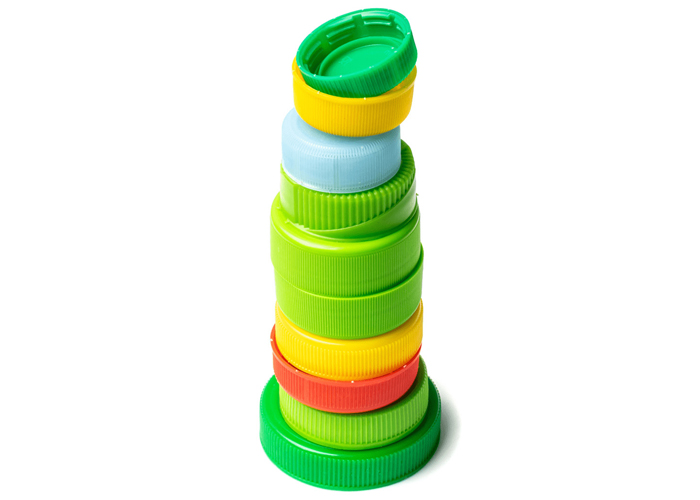
Low Density Polyethylene – Somewhat more translucent than HDPE and considerably more pliable, primarily employed in flexible packaging, tote bags, pliable tubing, film applications, and similar uses. Like HDPE, it has limited transparency characteristics. It exhibits outstanding chemical resistance to alcohols, acids, and alkalis but has restricted resistance to hydrocarbon solvents and mineral oils. Prolonged exposure to UV radiation can initiate degradation.
High-Density Polyethylene – Featuring a somewhat milky-white appearance, this material finds wide application in rigid bottle packaging, injection-molded caps and closures, crates, and more. Its natural opacity can limit the degree of transparency attainable. HDPE exhibits superior chemical and solvent resistance when compared to LDPE.

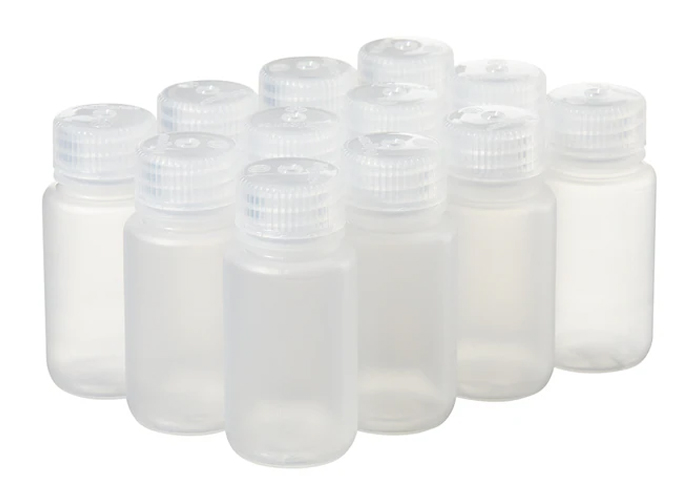
PPCO Random & PPHO – A polymer with moderate clarity, employed in the production of caps and closures. It is also utilized for crafting household items, buckets, toys, and storage containers. Polypropylene offers flexibility without significant limitations on color or special effects. Random copolymer boasts greater clarity compared to homopolymer and is better suited for creating translucent shades.
PPCO Block – Similar to PPCO but enhanced for increased impact resistance. An additive renders the polymer white, resulting in high opacity. This characteristic may limit the achievable transparency.
Polyethylene Terephthalate (PET) – Polyester materials exhibit robust mechanical strength along with excellent chemical resistance and barrier properties. PET is frequently chosen for the production of carbonated beverage containers. Moreover, polyester can be spun and employed in textile manufacturing for clothing. PET is highly transparent, making it an excellent choice for translucent packaging, although a subtle hint of “yellowing” may impact extremely light tints.
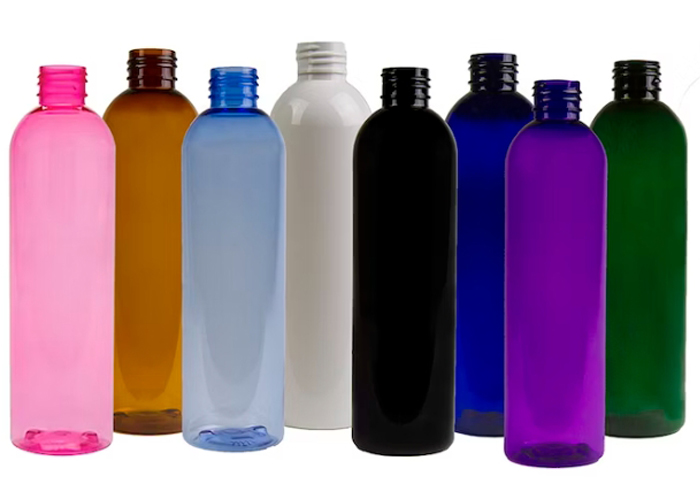
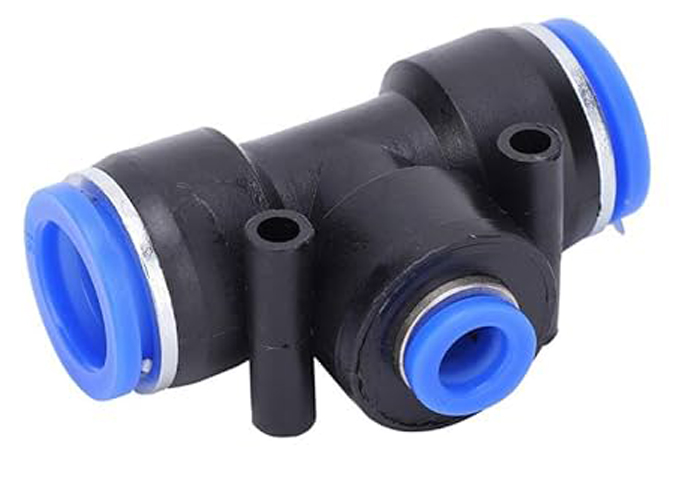
Polybutylene Terephthalate – A crystalline thermoplastic engineering polymer frequently employed as an insulating material within the electronics sector. This substance belongs to the polyester category, showcasing a remarkable equilibrium of attributes and processing qualities.
General Purpose Polystyrene – Exhibiting a glass-clear appearance but possessing minimal impact resistance, this material finds its primary application in CD cases. Its notable clarity renders it suitable for creating translucent hues, although an occasional violet tint may be discernible.
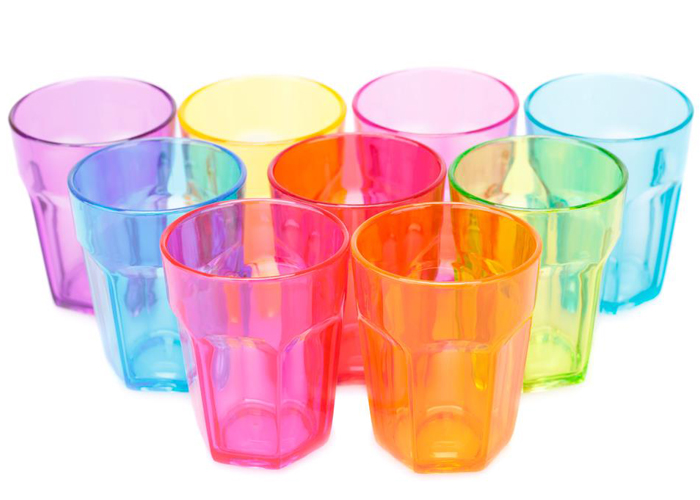
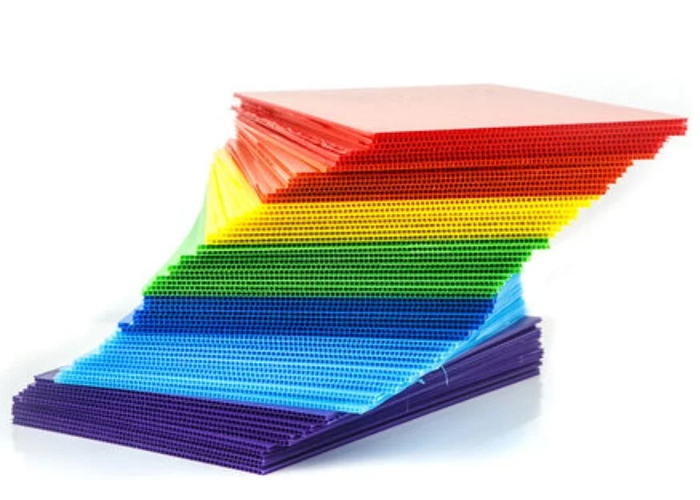
High Impact Polystyrene – Derived from GPPS by incorporating an impact-enhancing agent to boost its resistance to impacts. This added component results in the polymer becoming white, and different formulations provide varying degrees of opacity. Typically employed in the fabrication of game pieces, toys, and similar items. Its pronounced whiteness can pose challenges when aiming for translucent coloration. Specialized alternatives like K-Resin and Styrolux are accessible in the market to attain the same level of translucency as GPPS.
Acrylonitrile Butadiene Styrene (ABS) – A more robust iteration of High Impact Polystyrene (HIPS) employed in high-value components. ABS exhibits greater durability compared to HIPS-made components, although it encounters similar challenges when attempting to achieve translucent colorations. Just like HIPS, ABS offers specialized translucent variants. Owing to its durability, ABS is commonly used in crafting casings for power tools.

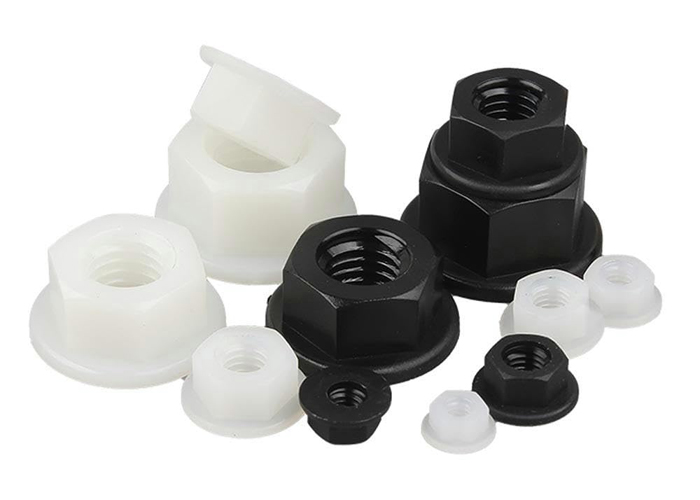
Polyamide (6, 66) – Nylon represents a versatile grade extensively employed in mechanical construction and maintenance. Its popularity stems from its excellent blend of mechanical strength, rigidity, mechanical damping characteristics, and effective electrical insulation capabilities. Consequently, nylon is a preferred material for manufacturing electrical enclosures. PA66 serves as a common alternative to metal across diverse applications, with its chemical and physical attributes closely resembling those of PA6. PA6 exhibits superior impact resistance and resistance to solvents, albeit with a heightened susceptibility to moisture absorption.
Styrene Acrylonitrile Copolymer – Possessing transparency and outstanding chemical and heat resistance, SAN also boasts good rigidity, tensile strength, and flexural strength. Thanks to its high-gloss finish, SAN is commonly chosen for cosmetic packaging purposes. However, achieving light tint colors with SAN can be challenging due to the violet dyestuffs inherent in the material, which are utilized to enhance its visual appearance during manufacturing.
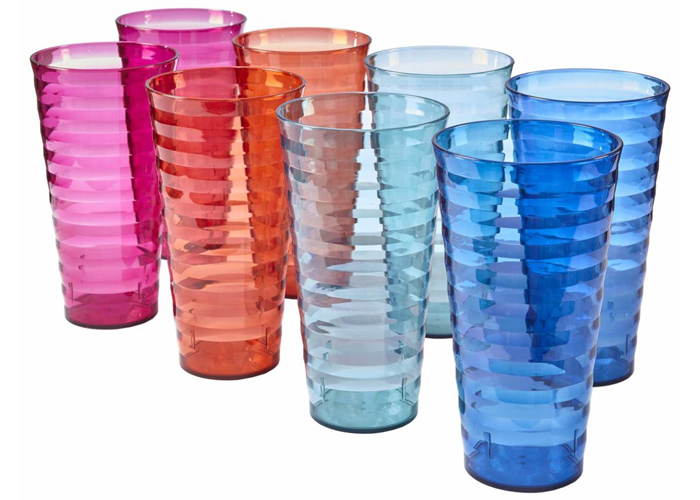
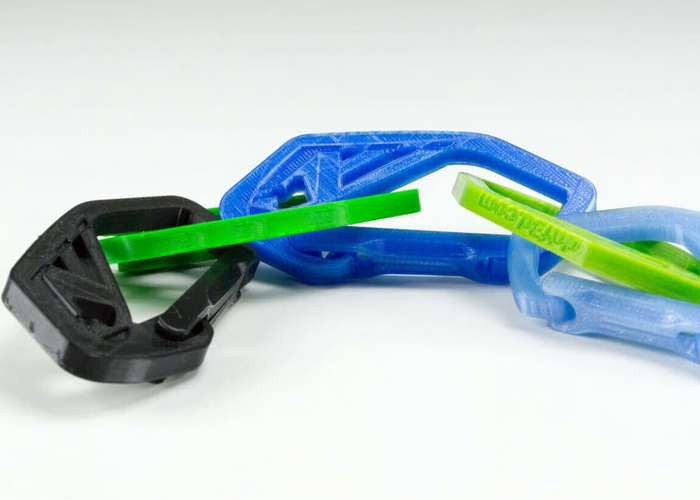
Polyethylene Terephthalate Glycol – PET with the incorporation of glycol. This glycol addition enhances flow properties but diminishes strength. PETG can be extruded to create bottles and can be formed into sheets for producing ‘blister’ style packaging.
Thermoplastic Elastomer (TPE) or Thermoplastic Polyurethane (TPU) – TPU finds diverse uses in applications such as automotive instrument panels, caster wheels, power tools, medical devices, as well as various extruded film, sheet, and profile applications. TPEs are employed across a wide range of applications in industries spanning automotive, medical, construction, electrical, appliances, packaging, and industrial sectors.
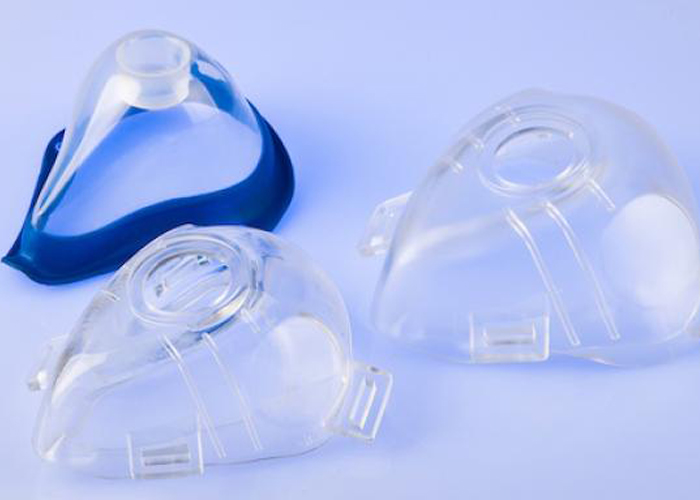
Frequently asked questions about our masterbatch
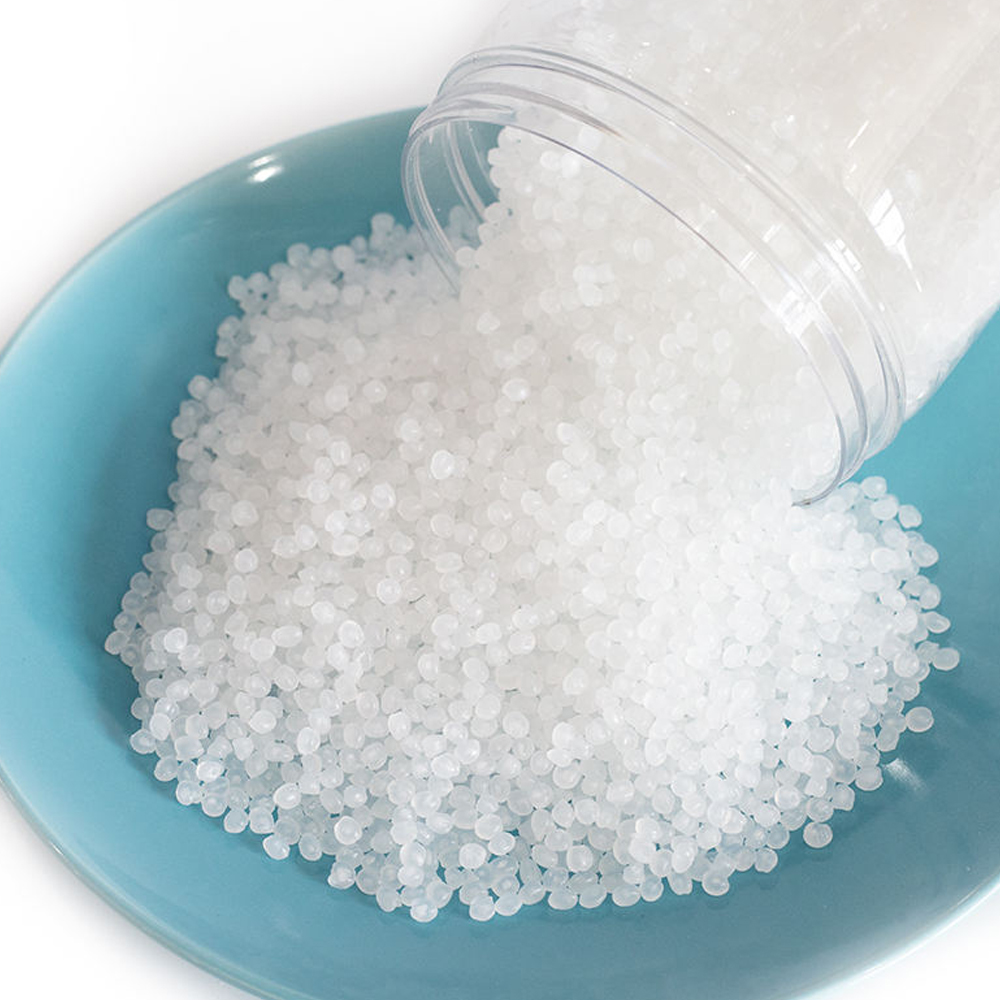
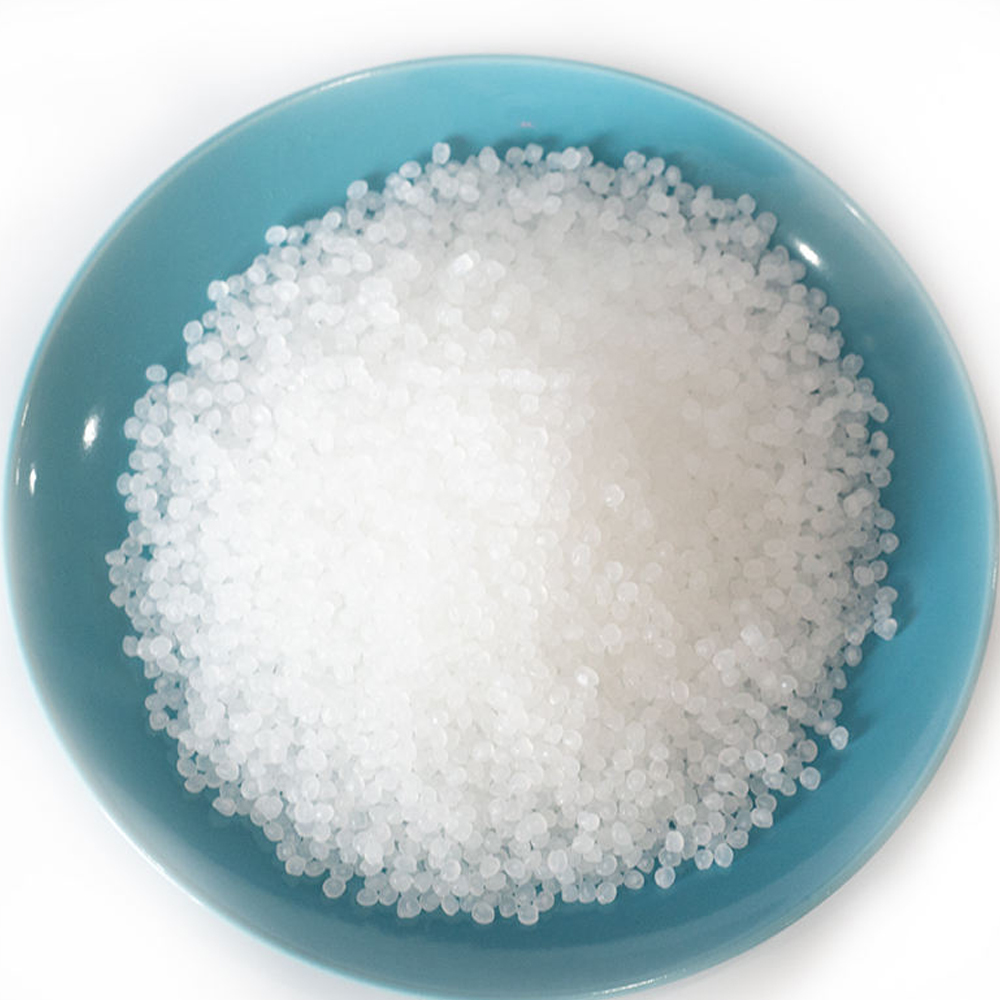
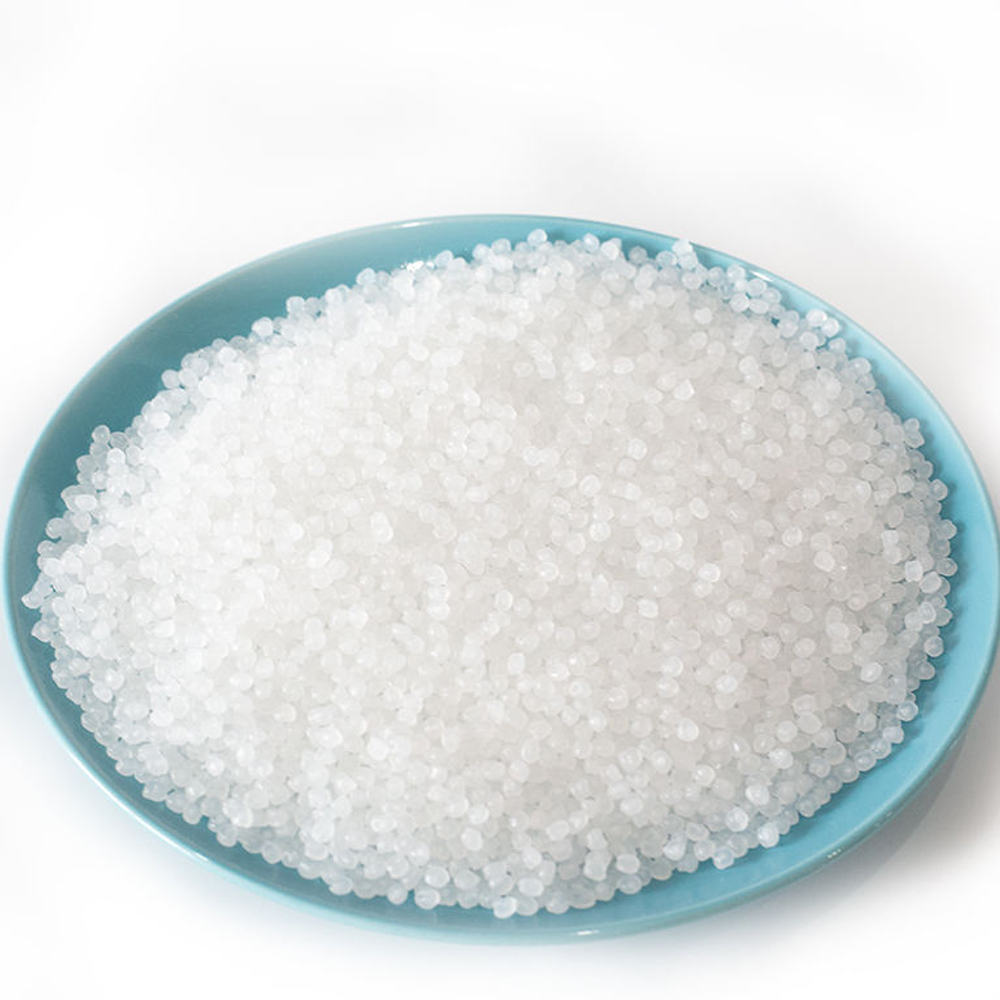
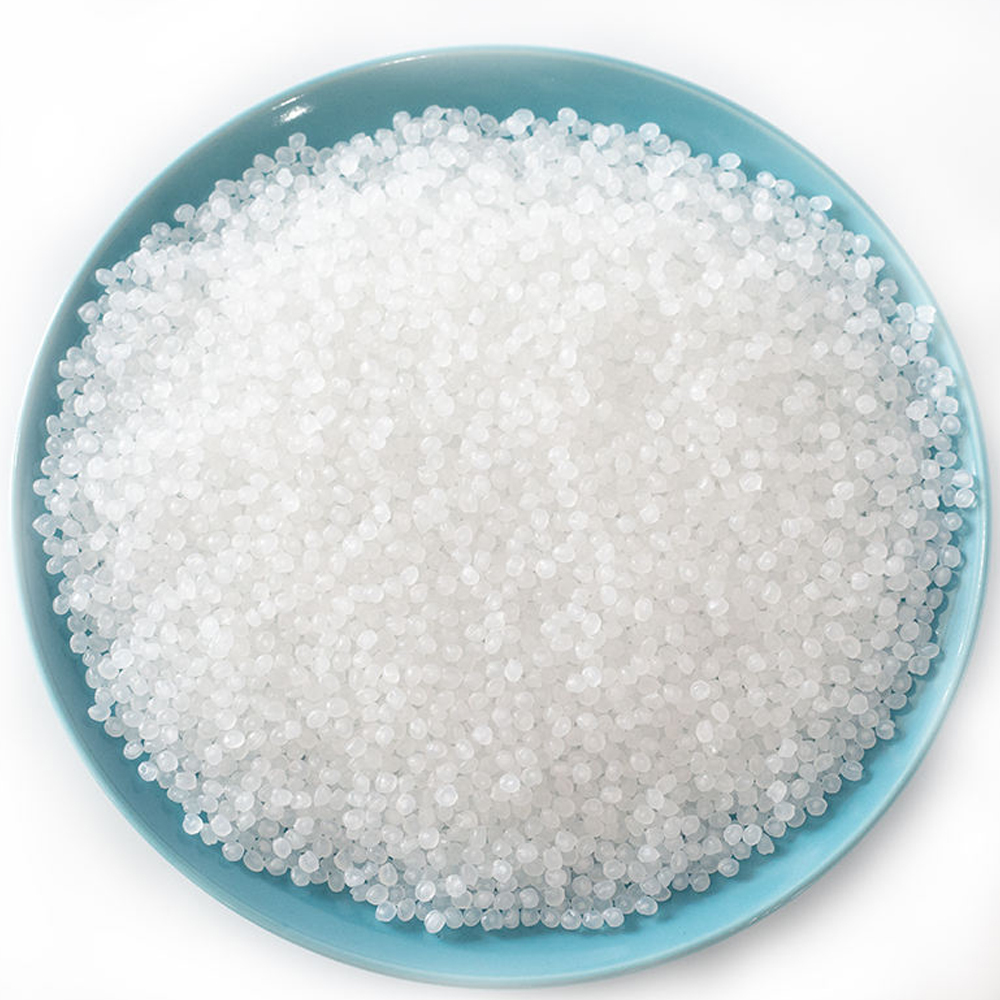
©2023. Masterbatch Manufacturer All Rights Reserved.
Our team will send back the best offer in 20 minutes.